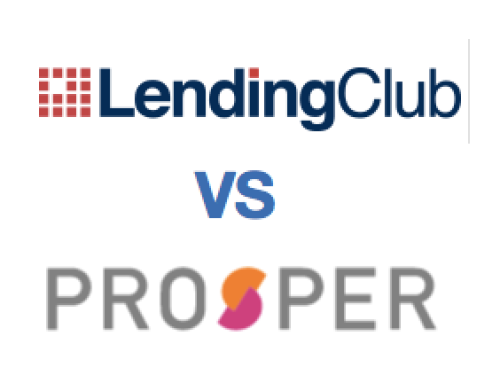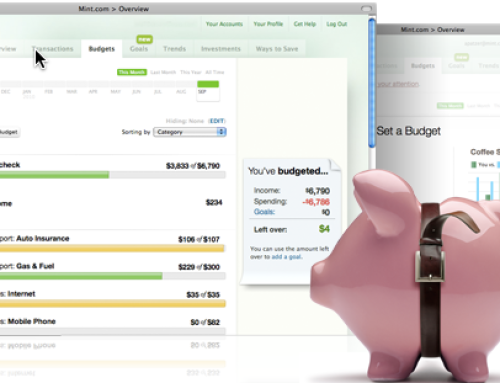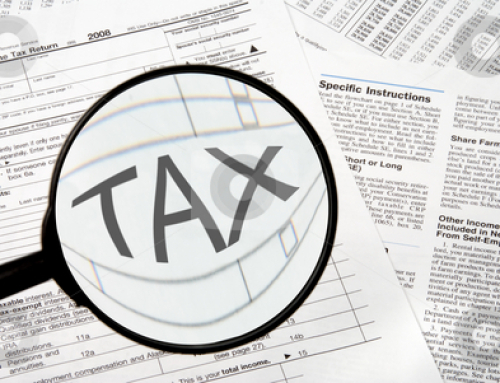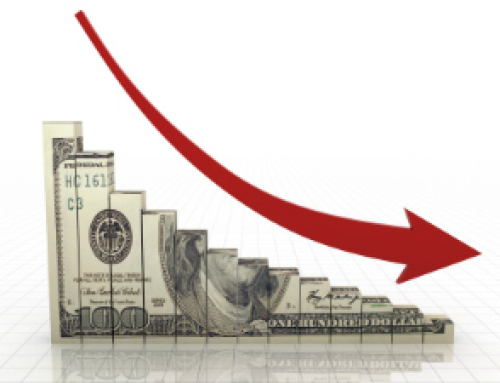Large enough to handle most issues: Your emergency fund should be large enough to handle most issues, including car repairs, new appliances, and other similar costs. Your goal in building an emergency fund should also be to create enough capital that, if you needed it, you could cover your living expenses in the event that you lose your job, or become unable to work in some way.
Liquid: Your practical emergency fund should be liquid — that means your emergency fund assets should be in cash. You want the money readily available. Keeping an emergency fund in an investment account means that it can take time to sell some of your equities, and then transfer the money to your account. In an emergency, you need your assets quickly, so liquidity should take precedence over the interest you are earning.
Accessible: A good emergency fund must also be accessible. You should be able to access your money quickly, with a minimal amount of hoop-jumping. In an immediate emergency, you don’t want to wait three to four business days before getting access to your money. Having your emergency fund connected to a checking account (enabling instant transfer), or getting access with the help of a debit card, can be a good way to ensure that you get access to your own money.
Additionally, make sure that the financial institution you choose is properly insured. You don’t want to lose your money if the bank should fail.
Build Your Emergency Fund
Your first step is deciding how large you eventually want your emergency fund to be. Many experts suggest that you build a fund that is large enough to cover six months’ worth of expenses. An emergency fund this size can usually cover most emergency purchases and repairs you might need to make, while also providing the means to continue meeting your expenses in the event of a financial catastrophe. An emergency fund can’t be built in a short period of time. Once you know how much money you want to eventually have in your emergency fund, you need to determine how much money you can set aside each month to reach your goal. In some cases, you might have to start small.
The important thing, though, is to begin saving. Put as much money as you can toward your emergency fund each month, and look for ways to cut your expenses or earn more money so that you can boost your monthly contribution. One of the best ways to improve your saving is to keep your emergency fund in a high yield savings account. Many online accounts offer you the opportunity to see a higher interest yield, while providing quick access with the help of an ATM card. Even though you won’t see a very large yield, some interest earnings are better than none, and you might as well see automatic additions to your emergency fund while it is just sitting there. Work at building your emergency fund over time, and look for an account that allows you to earn some interest while still being accessible and liquid. With a little planning and consistent saving, you will be surprised at how quickly your emergency fund grows.













Follow Us